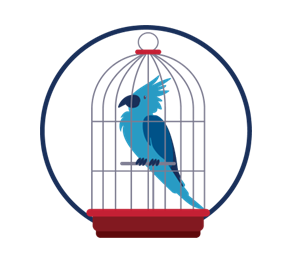Illegal wildlife trafficking is one of the most profitable natural resource crimes. It encompasses the harvesting and selling of wildlife, and wildlife products, (including pelts, ivory, plants, and furs) to be used as medicine, fashion, food, or pets sold to consumers. Although trade in ivory and rhino horn garner much attention, almost every branch of life is involved in the wildlife trade.
Combatting wildlife trafficking poses significant challenges to national security. Criminal groups and dangerous international networks involved in drug trafficking, arms trafficking, human smuggling, and other crimes are often also involved in wildlife trafficking.
The global movement and trafficking of animals and plants also expose actors along shipment routes to novel zoonotic diseases, which are transmitted from animals to humans. Transmittable infectious disease is not just a concern for human pandemic preparedness; it can have widespread economic consequences for the agricultural sector, as well as detrimental effects for native wildlife. In addition to potentially major economic consequences, wildlife trafficking incentivizes criminals to target already endangered species, while threatening to endanger others. This, in turn, can destabilize ecosystems and threaten the health and security of people who depend on these natural resources for their livelihood.
| Health | Environment |
|---|---|
| Zoonotic diseases | Ecosystem destabilizing |
| Pandemics | Species endangerment |
| Food supply harm | Wildlife harm |
CBP works with U.S. Fish and Wildlife, the U.S. Forest Service, and U.S. Department of Agriculture, Animal and Plant Health Inspection Service to enforce wildlife trade laws. These interagency efforts target imports of illegal wildlife within the bounds of the Convention on International Trade in Endangered Species of Wild Fauna and Flora and the Lacey Act.


